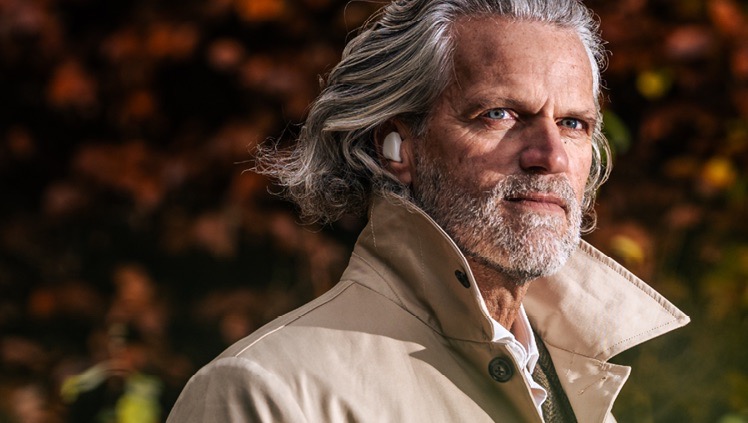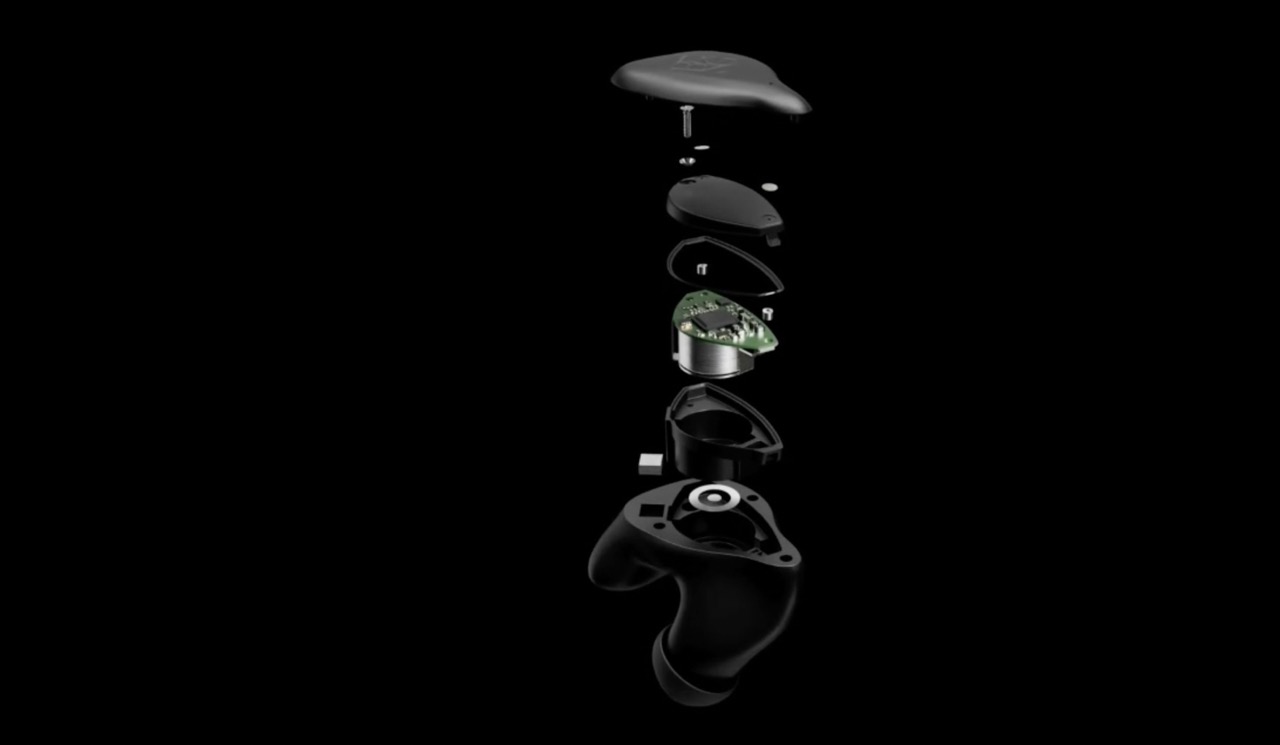
Look, anyone who is saying they’re going to start selling a pair of $2,000 studio monitor-quality in-ear headphones had better show up with the receipts. At that price point, one could acquire Apple’s top-of-the-line AirPod Max headphones and have enough money left over to pick up a MacBook Pro as well.
I spoke with Breggz Audio‘s CFO, Jeroen van Els, to figure out what it was about these in-ear headphones that was so special.
“One of our founders is a performing artist in the Netherlands. He was wondering why, through his in-ear monitors, he had such great-quality music in his ears when he was onstage, but why no consumer product was reaching these levels of audio quality,” van Els told TechCrunch in an interview at CES 2024. That was the beginning of the journey.
From there, the company fell into a rabbit hole of creating the best possible in-ear headphones. I’ll admit to listening to their spiel with no small amount of cynicism. At first, I misheard him, thinking the price tag was $750 — which is already somewhat ludicrous. But no, the CES special preorder price is $1,750, and the final MSRP will be closer to two grand.
Trying them out
My disbelief held until the team offered me a demo, starting with the experience of opening up the magnetic charging case — it unfolds like a Transformer, which turns on a light on the top of the device and boots up the circuits in the headphones.
While the final headphones will be custom 3D-printed to fit someone’s ears, the demo set still fit me pretty well. As soon as I put them in (“you kind of put them in your ears, then ‘screw them in’ to secure them,” van Els instructed me) I was in a quiet, wonderful oasis blocking out the din of the busy show floor. Then he started the demo track, and I was transported to a world I’ve not experienced in quite a few years. Incredible, rich bass. Beautiful clarity. And not at particularly high volume either. It was, in a word, one of the best audio experiences I’ve ever had, and I felt my heart sink. Fuck. Was I going to have to dig into my wallet and spend $2K on a pair of earphones? Surely not.

After the (admittedly brief) demo, van Els showed me the “transparency” mode, which meant he was able to talk to me while I was still wearing the earphones. I noted that there was also an active noise canceling mode, which van Els sheepishly admitted wasn’t working yet, as they were still implementing it. That was the true jaw-drop moment for me: The peace I had experienced was courtesy of noise isolation, without active noise cancellation turned on.
“We’ve developed wireless in-ear monitors, essentially a full wireless in-ear computer, maintaining the quality of wired monitors. It’s an ‘in-ear computer’ because it includes a speaker and a processor, enabling various functions like voice and head motion controls, and software for instant translation,” van Els said. “We have our first production samples ready and plan to scale up production, aiming for a market launch in Q2 this year.”
The tech
The earphones use a modular “cartridge” approach, which slots into the earbud. That means that if something happens to your earbuds, they can be upgraded and/or repaired without having to create a full new headphone. The company is taking a sustainable approach, meaning they are designed to last a lifetime with replaceable parts — at least as long as the company is around and willing and able to service their products, that is.

The earbuds feature four high-end balanced armature drivers per ear, produced by Knowles, for what the company refers to as a “concert-like sound.” Of course, the earphones do still rely on Bluetooth technology (5.2 to be exact), which introduces enough latency that they might not be perfectly suitable in live concert settings.
“Our product has the lowest latency in the market, suitable for everyday users. For professional artists needing lower latency, we’re working on solutions to be introduced later,” van Els shares. “The good news is that the latency is a software issue, so future updates could further enhance the product.”
The company produced a video with an interview of the company’s founder, which goes into some more details:
After I walked away from the booth, I put in my AirPod Pros. They’re my usual companions when I’m out and about. I thought they were pretty decent, but compared to what I’d just experienced, they were utter garbage — even with active noise canceling turned on.
And, I came to realize, that is the magic of CES: Sometimes, you get to completely reset your expectations and find a new baseline as you interact with some brand new technology. Will the company be successful in bringing its products to market, and turn them into a commercial success? Who knows. But even if they don’t, it has been the stand-out, jaw-on-the-floor moment for me at CES so far.



